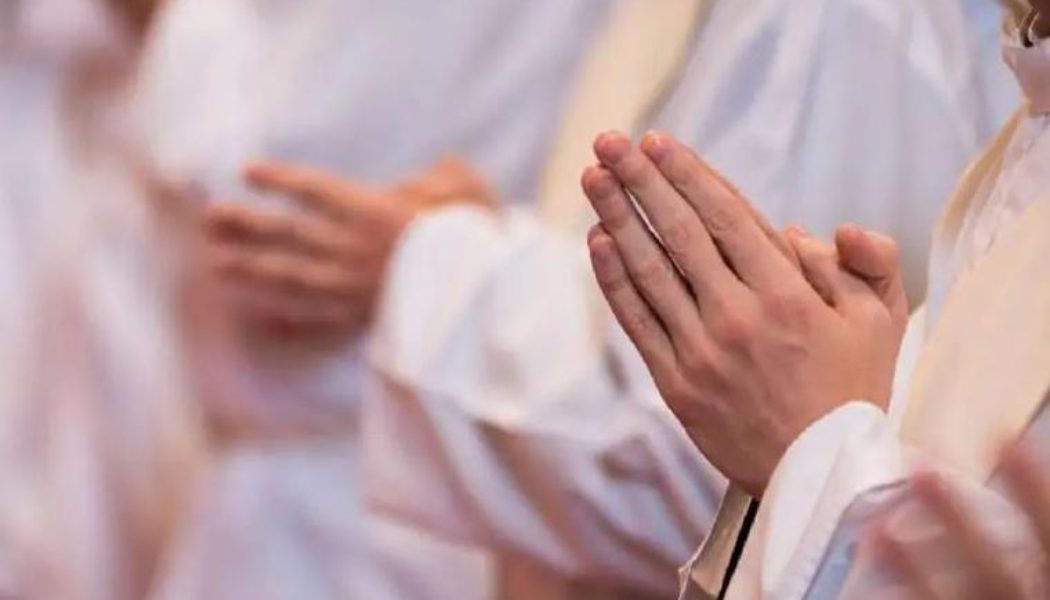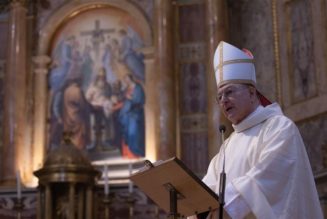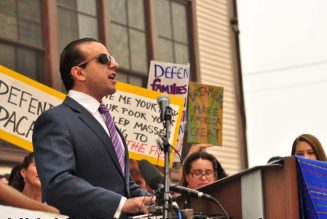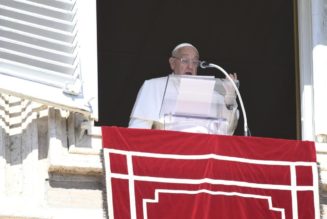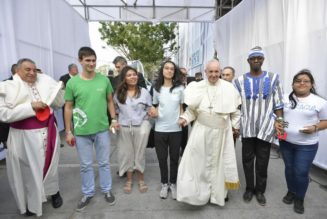
More than 450 men are set to be ordained priests this year, and the survey of their ordination class shows that the overwhelming majority of priests-to-be were raised Catholic in intact families and individually showed habits of frequent church service and regular prayer life.
“On this day, let us thank God for continuing to call men and women to serve him and his Church as priests, religious, and consecrated persons,” Bishop Earl Boyea of Lansing, Michigan, said April 25. “We pray that all families, teachers, and priests will continue their essential work of instilling the faith and love of Jesus in our children.”
Bishop Boyea chairs the U.S. bishops’ Committee on Clergy, Consecrated Life, and Vocations. On Tuesday the committee released the “Ordination Class of 2023 Study” from the Georgetown University-based Center for Applied Research in the Apostolate (CARA).
CARA sought survey responses from the 458 seminarians to be ordained this year. It received 334 responses, a response rate of 73%. Responses came from ordinands at 116 U.S. dioceses and 24 different religious institutions.
Catholic Upbringing in Stable Families
The seminarians to be ordained, also known as ordinands, are overwhelmingly “cradle Catholics.”
About 93% of ordinands were baptized Catholic as infants.
Another 96% were raised by their biological parents.
About 92% were raised by a married couple living together.
For 84% of ordinands, both parents were Catholic.
One in three respondents had a relative who is a priest or religious.
Bishop Boyea especially noted the importance of the family life of the prospective priests.
“Surveys of recently professed men and women religious and men ordained to the priesthood show that families and encouragement from the parish priests alongside Catholic schools provide optimal environments for a vocational call to grow,” he said.
Involved in Parish Life
More than 63% of survey respondents said their parish priest had been an encouraging influence on their vocation, followed by a fellow parishioner, a friend, their mother, father, or teacher or catechist.
Church ministry is another common habit for prospective priests:
About 72% of prospective priests have been altar servers, while about half served as lectors and 40% served as extraordinary ministers of the Eucharist.
Another 33% served as catechists, while slightly smaller percentages served in youth or campus ministry.
About 23% had been cantors or members of the music ministry.
Devotional life marked by regular prayer
The survey also shows commonalities in devotional life.
Among respondents, 73% regularly took part in eucharistic adoration.
Another 66% regularly prayed the rosary.
And 45% were in prayer or Bible groups.
Lectio divina was a regular practice for 33% of respondents, who also reported participation in college or high school retreats.
More than half of ordinands had participated in their parish youth group and another 27% had been participants in Catholic campus ministry.
Educational Background of Ordination Class
The survey found that less than half of new priests attended Catholic schools:
About 43% of respondents had attended a Catholic elementary school (K–8).
As many as 34% attended a Catholic high school.
About 11% were home-schooled at some point in their childhood.
Another 35% of respondents attended a Catholic college.
About 1 in 4 ordinands — 26% — reported educational debt upon entering seminary. Of those with debt, the median amount owed was $21,000.
Around 42% of ordinands had a college degree before entering seminary, while about 16% had a graduate degree.
Another 18% had some college or went to trade school, and 24% had a high school degree or less.
About 4% served in the U.S. armed forces, while 12% were from career military families.
How Old Are They and Where Are They From?
Diocesan ordinands’ median age is 30, while ordinands for religious institutes are slightly older, with a median age of 34.
The youngest respondent was 25 years old and the oldest was 67.
The Midwest and the South now lead in seminarian formation, as seminaries in these two regions each formed 31% of the priests-to-be.
Another 17% of ordinands were formed in the Northeast, 13% in the West, and 7% abroad.
Hispanics or Latinos make up 16% of the 2023 ordination class. Their share has averaged about 15% since 2006. Ordinands of Asian/Pacific descent make up 10%, while Blacks or African Americans make up 6%. Whites make up 64% of priests-to-be.
About 75% of ordinands are American-born, but the 2023 class represents 28 countries of origin in total. A few countries predominate. About 5% of ordinands were born in Mexico, while smaller percentages were born in Vietnam, Nigeria, and Colombia.
The survey was released ahead of the World Day of Prayer for Vocations, marked by the Catholic Church this year on April 30, the Fourth Sunday of Easter.
